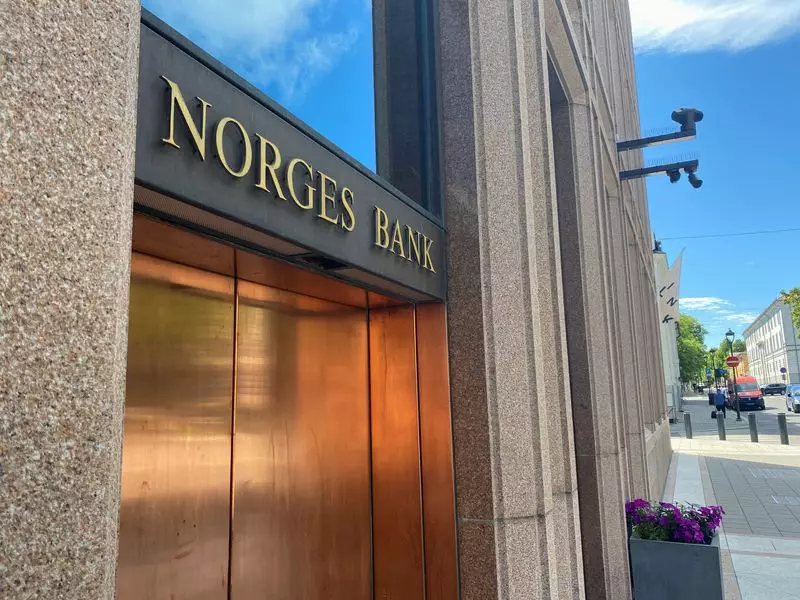Norway’s central bank, known as Norges Bank, recently made headlines by maintaining its policy interest rate at 4.50%, which is the highest it has been in 17 years. This decision, anticipated unanimously by analysts in a Reuters poll, comes as Norway gears up to potentially decrease borrowing costs starting in March. It’s a significant moment that reflects the ongoing balancing act of managing inflation while fostering economic growth in an environment marked by global uncertainties.
The anticipation surrounding a possible rate cut reflects a shift in the economic landscape. Norges Bank Governor, Ida Wolden Bache, hinted at a reduction in the policy rate, which, if executed, would mark the first cut since May 2020. The bank’s recent communication indicated plans for three rate reductions in 2025, ultimately bringing the rate down to 3.75% by year-end. As analysts are closely monitoring the situation, it’s vital for the central bank to ensure that their strategies align with broader economic trends, especially as some Western central banks have already begun cutting their rates.
Prior to the announcement, the Norwegian crown experienced a slight depreciation against the euro, shifting to 11.75 from 11.74. This subtle movement signals market anticipation and overall sentiment around the central bank’s decisions. Currency stability is essential for maintaining economic confidence, and as central banks worldwide navigate their economic strategies, the resulting effects on currencies like the Norwegian crown will be closely evaluated.
A critical point of concern among Norwegian central bankers is the threat posed by increasing international trade barriers. The implications of higher tariffs are nuanced; while they might suppress global growth, their specific impact on inflation rates in Norway remains unclear. This uncertainty calls for prudent policymaking and an adaptive approach to monetary policy. The central bank’s statement acknowledged these complexities, indicating their commitment to monitoring global economic developments that could influence domestic inflation dynamics.
Recent data from Norway reveals a dip in core inflation, with December rates falling to 2.7% year on year from 3.0% in November. While this is a sign of positive movement towards the central bank’s 2% inflation target, the overall picture remains mixed. The central bank has recognized the dichotomy of lower-than-expected inflation alongside rising business costs, which may spur inflationary pressures in the future.
In this complex economic landscape, Norges Bank faces the dual challenge of taming inflation while fostering sustained growth. As we look toward the prospective rate cuts in March, all eyes will be on how the central bank navigates these turbulent waters while responding to both domestic and international economic developments. The decisions made in the upcoming months will not only affect the Norwegian economy but will also resonate within the broader context of global economic trends.

